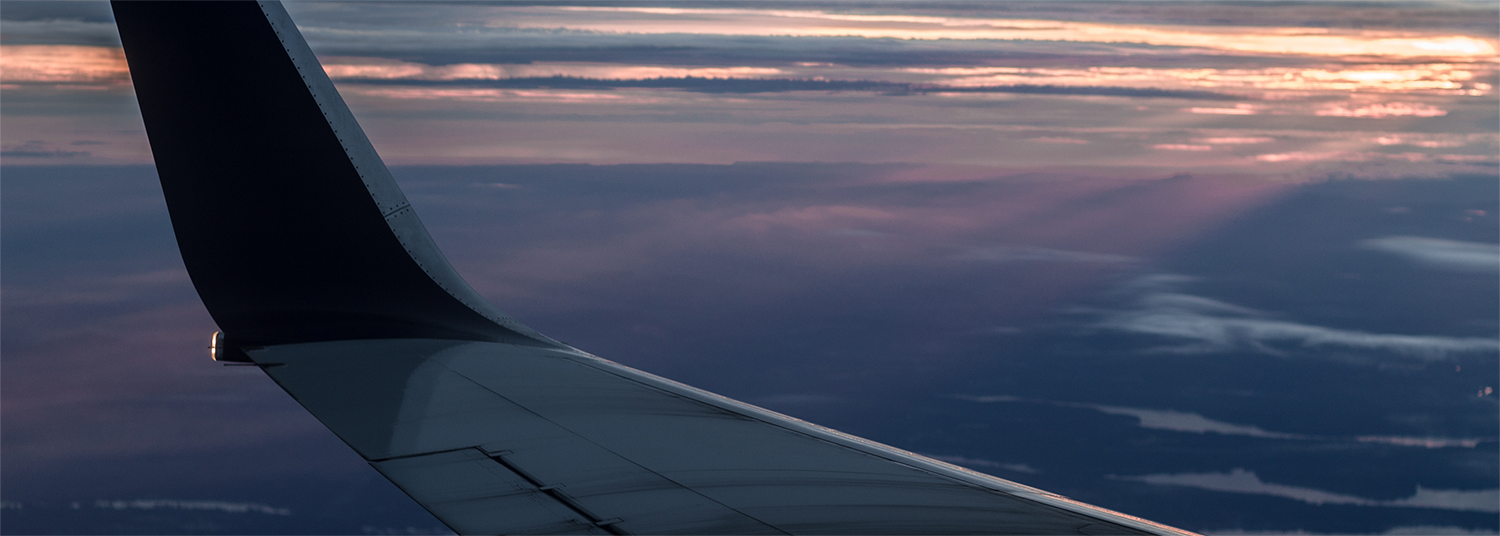


By: aerospace.report
Denmark’s HCL reported that a few minutes after departure smoke appeared in the cockpit that increased in intensity, the occurrence had been rated a serios incident A Danish Air Transport Avions de Transport Regional ATR-72-200, registration OY-LHA performing flight DX-31 from Bornholm to Copenhagen (Denmark) with 14 passengers and 4 crew, was climbing out of Bornholm’s runway 11 when the crew reported smoke in cockpit and cabin, stopped the climb at 2500 feet, joined a right downwind and landed back on runway 11. The aircraft was evacuated. The airline reported that maintenance inspected the engines (PW124) and found severe internal damage to the #1 engine. The engine was replaced. On Dec 15th 2016 Denmark’s HCL reported that a few minutes after departure from runway 29 smoke appeared in the cockpit that increased in intensity. The crew received a low oil pressure warning for the left hand engine and indication of 30% loss of torque of the left engine. The crew donned their oxygen masks, shut the engine down and declared emergency reporting smoke in cockpit and cabin. The aircraft returned for a landing on runway 11 about 4 minutes later. There were no problems with the flight controls or other technical issues. One flight attendant put on their smoke hood, the other flight attendant attempted to open the bag of the smoke hood without success. A passenger observed abnormal noise, sparks and a flame from the left engine just when the smoke started. The occurrence had been rated a serios incident and is being investigated by the HCL. Note to Readers Aerospace Reporter reports only on commercial flights or commercial operators occurrences involving airplanes with 19 passenger seats or more. The reports consider active flights, from entering the takeoff runway to leaving the landing runway. Other occurrences at the gate or during taxi are summarily dismissed.
View original article
Leave a Reply